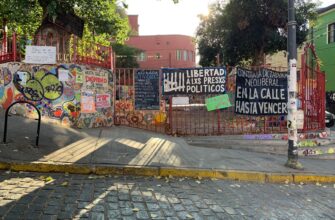## What is a Bitcoin Account?
A Bitcoin account, often called a Bitcoin wallet, is a digital tool that lets you store, send, and receive Bitcoin. Unlike traditional bank accounts, Bitcoin wallets don’t hold currency—they secure the private keys needed to access your Bitcoin on the blockchain. Here’s a quick breakdown of wallet types:
* **Software Wallets**: Apps or desktop programs (e.g., Exodus, Electrum).
* **Hardware Wallets**: Physical devices (e.g., Ledger, Trezor) for offline storage.
* **Web Wallets**: Browser-based platforms (e.g., Coinbase, Blockchain.com).
* **Paper Wallets**: Physical printouts of keys for cold storage.
## Choosing the Right Bitcoin Wallet
Selecting a wallet depends on your needs:
1. **Security**: Hardware wallets are safest for large holdings.
2. **Convenience**: Mobile/web wallets are ideal for frequent transactions.
3. **Control**: Self-custody wallets let you manage keys independently.
**Top Wallet Picks for Beginners**:
* Coinbase Wallet (user-friendly)
* Trust Wallet (mobile-focused)
* Ledger Nano S (secure hardware option)
## How to Create a Bitcoin Wallet
Follow these steps to set up a software wallet:
1. **Download a Wallet App**: Choose a reputable provider from app stores.
2. **Register**: Enter your email and create a strong password.
3. **Backup Your Seed Phrase**: Write down the 12-24 recovery words offline.
4. **Enable Security Features**: Activate two-factor authentication (2FA).
## Securing Your Bitcoin Wallet
Protect your assets with these tips:
* Never share your seed phrase or private keys.
* Use a hardware wallet for long-term storage.
* Regularly update wallet software.
* Avoid public Wi-Fi when accessing your wallet.
## Buying Your First Bitcoin
Purchase Bitcoin via exchanges:
1. **Sign Up**: Create an account on platforms like Coinbase or Binance.
2. **Verify Identity**: Submit ID for compliance (KYC).
3. **Deposit Funds**: Use a bank transfer, debit card, or credit card.
4. **Buy Bitcoin**: Select amount and confirm the purchase.
## Sending and Receiving Bitcoin
* **Receiving**: Share your wallet’s public address or QR code.
* **Sending**: Enter the recipient’s address, amount, and confirm.
## Best Practices for Managing Your Bitcoin Account
* Diversify storage across hot and cold wallets.
* Monitor transaction fees (gas fees) before sending.
* Stay updated on crypto news and scams.
## Frequently Asked Questions (FAQ)
**1. Is a Bitcoin account the same as a wallet?**
Yes, the term “account” refers to a wallet that holds your Bitcoin keys.
**2. Are Bitcoin wallets safe?**
Yes, if you follow security practices like securing seed phrases and using 2FA.
**3. Can I buy Bitcoin without ID verification?**
Some platforms like LocalBitcoins allow peer-to-peer trades with minimal KYC.
**4. What if I lose my seed phrase?**
You’ll lose access to your Bitcoin permanently—back it up securely.
**5. How long do Bitcoin transactions take?**
Typically 10–30 minutes, depending on network congestion.








